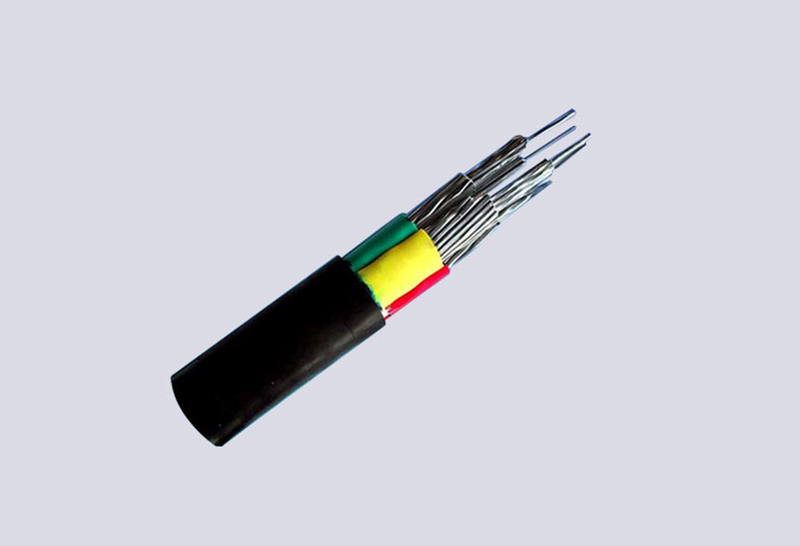
According to Technavio's submarine power cable market research report, the annual compound growth rate of the global submarine power cable market demand is about 5.89% from 2016 to 2020.
Among them, the fluctuation of raw material prices, the increase in demand for high-voltage DC cables and the increase in R&D investment are three emerging trends that promote the steady increase in global submarine power cable demand.
By 2020, the offshore wind power industry is the most important terminal application market for submarine power cables.
Energy companies have increased their investment and construction of submarine power cables in order to further improve the efficiency of transmission and ultimately guarantee the supply of land power.
At the same time, global investment in renewable energy power has increased, including tidal energy, wave energy, and offshore wind power will continue to promote demand growth in this market.
The main raw materials used to produce power cables are aluminum and copper.
The cable itself is a light industry with heavy materials, so the impact of raw material price fluctuations on cable manufacturers is very straightforward.
As of December 2015, raw material price costs accounted for nearly 85% of submarine power cable production costs.
Among them, the cost of copper and aluminum accounts for about 50% of the total cost of production.
As a result, price fluctuations in copper, aluminum and other essential raw materials, coupled with fuel and energy cost price fluctuations, have had a significant impact on cable manufacturers' cost of sales and revenue.
To this end, cable manufacturers are trying to reduce the impact of metal price fluctuations by negotiating price changes through finished products.
The report believes that by increasing the price of finished products, the increase in gross profit margin can be achieved to reduce the risk of fluctuations in raw material price costs, but only if the finished product market is in short supply.
High-voltage DC underground cables are a viable option for long-distance high-voltage power transmission.
The European Commission has screened 43 major energy projects to create cross-border infrastructure to achieve a single energy market and improve regional energy security.
In these projects, a large amount of electricity is required to be transported from one country in Europe to another.
Therefore, by 2020, the European market will become the main demand market for high-voltage DC cables.
In addition, the characteristics of light weight and low loss make HVDC cables more advantageous than AC cables, especially in the submarine transmission market.
The report believes that the increase in R&D investment is a major reason for the steady growth of demand for submarine power cable market in the future. The rapid growth of the offshore wind power market has created more opportunities for research and development.
Different alternative energy sources require different types of power cables to achieve stable power delivery.
As a result, cable manufacturers will continue to invest in new cable technologies to achieve high-voltage power transmission over long distances and lower losses.
Not only that, because of the serious competition for product homogeneity, cable manufacturers continue to increase research and development of new products to keep companies competitive.
The report also pointed out the future development trend of submarine power cables (including high voltage / UHV cables):
· The wet design changes to dry insulation, which is conducive to the environmental conditions of the cable periphery.
· Low electrical stress to high stress.
· Large diameter size changes to small diameter.
· Cable quality is lighter.